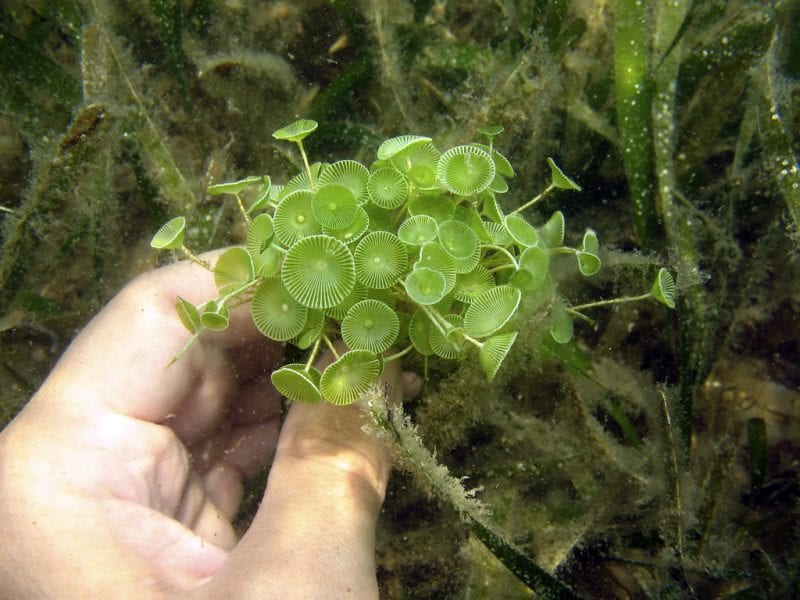DISCOVERING THE GENOMAS OF STELLAR GREEN ALGAEA TEAM OF SCIENTISTS HAS EXPLAINED THE LINK BETWEEN TERRESTRIAL PLANTS AND THEIR MARINE PARENTS TO BETTER UNDERSTAND THE EVOLUTION OF PLANTS
Discovering star algae: a genomic exploration
The “star green algae” they are fascinating marine organisms, characterized by their filamentous shapes and close relationship with the terrestrial plants. The name is derived from the characteristic star shape of their chloroplasts (the process of chlorophyll photosynthesis takes place in these organelles).
How green star algae reproduce
The reproduction of stellar green algae occurs mainly via conjugation, a process in which two different strands or different points of the same strand come together to form a connecting cytoplasmic bridge. This allows the nuclei of the two cells in contact to fuse and form a zygote, creating new individuals.
But let’s find out.
The role of stellate algae
Green algae play a crucial role in aquatic ecosystems. They contribute to the production of oxygen and the balance of the entire marine food chain. Well, a team consisting of fifty researchers from nine countries has analyzed the genomes of four complex specimens of stellar algae of the genus Zygnema: two from a collection in the United States and two kept in the prestigious Algae culture collection of the University of Göttingen, (SAG) in Germany. The study, published in Nature Genetics, served to understand not only their biology and evolution, but also the origins of land plants. How was the research conducted?
An advanced technique
Scientists have used a wide range of advanced sequencing techniques to obtain extensive information about the DNA of these algae.
Comparative genome analysis, compared with that of other plants and algae, revealed a specific abundance of genes involved in signaling and environmental responses.
Doctor Research into Irisarof the Leibniz Institute for the Analysis of Biodiversity Change di Berlino (Germany), explains: «Many of these genes underlie molecular functions that are crucial for the emergence of the first multicellular land plants. It is fascinating to see how genetic building blocks, whose origins date back millions of years before the time of land plants, have multiplied and diversified in the ancestors of plants and algae, allowing the evolution of more specialized molecular machines.”
Complex interconnections
The professor Jan de Vriesalso from the University of Göttingen, points out that their analyzes not only provide a valuable resource for the plant science community, but have also revealed complex interrelationships between plants’ responses to the environment.
“Not only do we provide a valuable, high-quality resource for the entire plant science community to now explore these genome data, our analyzes have revealed intricate relationships between environmental responses. This sheds light on one of the most important characteristics of land plants: their ability to regulate their growth and development and adapt to the environment in which they live, a process known as developmental plasticity.”
Let’s try to better understand what the concept means.
The “developmental plasticity”
Developmental plasticity refers to the ability of plants to change their morphology, physiology and behavior in response to changing environmental cues. This trait allows plants to survive and thrive in diverse and changing environments, adapting to soil conditions, climate and other environmental factors. For example, a plant can adjust the length and angle of its stems to optimize sunlight absorption, or adjust its root structure to obtain water and nutrients from different soils. Developmental plasticity is therefore fundamental to the ability of plants to colonize new habitats and survive in an ever-changing environment.
Ultimately, this research not only provides a valuable resource for the scientific community, but also invites us to consider the depth of the interconnections between all living organisms and their environments. Stellar green algae, with their ancient genetic heritage, remind us that evolution is a continuous process of adaptation and innovation, a journey from the vastness of the oceans to the thriving diversity of life on Earth.

